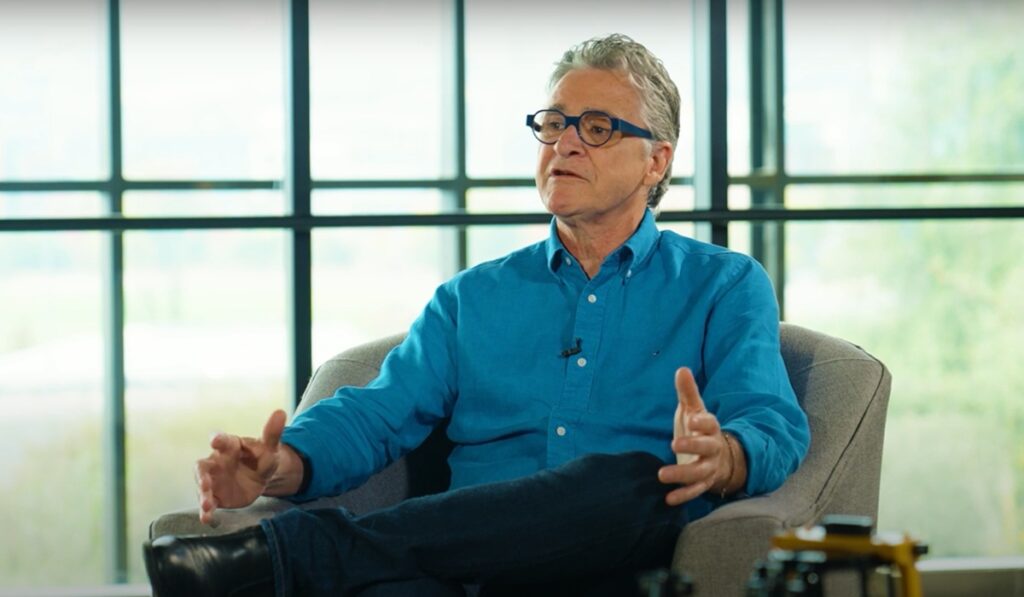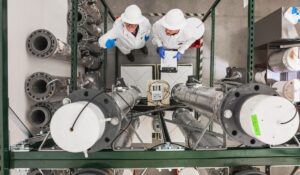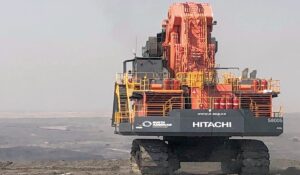Billion-dollar company valuations were unheard of in the mining technology space for most of Ivan Gustavino’s career. Now he is witnessing something else “we thought we’d never see”.
That something is geopolitical influence, which the Atrico co-founder says is shaping the merger and acquisition landscape as well as company funding and markets.
“We’re seeing new actors appear, new financial banks, investment houses, coming in to act and play out a geopolitical game plan, and that is influencing valuations, it is influencing who you’re going to sell to, or who’s going to buy,” the veteran Australian mining tech company advisor said in a recent interview.
Aspen Technology’s signed-and-sealed A$900 million Micromine acquisition came unstuck in 2023 due to Russia-related hurdles not being cleared. London-listed Weir Group this year came in with a $1.31 billion cash payment for Micromine which majority owner Potentia Capital snapped up.
Meanwhile, significantly more private and venture equity capital is flowing to small mining tech companies in China and the US. In the former, clear tech and downstream manufacturer integration patterns are emerging, similar to convergence of the country’s mining and industrial bases over what is now a long period.
“It is almost an arms race in technology,” Gustavino says.
“And that I think is going to increase. That’s the biggest dynamic I’ve seen change in the last 30 years.”
Gustavino co-founded Perth-based Atrico with Kheong Chee 20 years ago after earlier helping to build international mining software firm Surpac and then advising venture capital groups and investment banks on investing in technology companies. Atrico has advised many smaller tech firms on growth strategies and M&A and has increasingly worked with larger groups over the past five years.
“We’ve done over 30 deals and are probably the leading advisor in mining tech globally,” Gustavino says.
InvestMETS.com has chronicled the steep climb in mining and metals tech M&A deal volumes and values over the past five years, and also the rise in private finance activity in the space. Limited public market funding has added to the mix.
There has been about US$3 billion of M&A and financing in mining and metals tech so far in 2025.
Gustavino suggests the geopolitical forces at play, increased spending on a range of tech by minerals and metals producers, and the spate of M&A which has cut the number of high-value targets available to be acquired, are all factors putting upward pressure on new company valuations.
“If you looked over five years ago you might be selling companies for three-times earnings,” he says.
“That now is 10 times or larger.
“So it’s a significant shift in valuation and the way in which those companies are being viewed in terms of value that they’re going to be able to deliver.
“I think people are understanding that to own a position globally and to actually hold that position as a strategic move you need to have good technology in the account, and the account is with the major mining companies.
“And these [companies are] few and far between.
“It is supply and demand … where there’s lack of supply so that’s driving the price [of targets] up.
“[There has also] been a massive effect in terms of the interest level and the type of money that’s flowed in, and what it’s doing to transform the industry. And I think it’s very positive in the main. There are some negative issues as well.
“But we’ve seen billion-dollar company valuations that we’ve never seen in the past.
“Groups like KoBold Metals out of the US is now worth $3.2 billion in terms of market capitalisation. It’s a company with artificial intelligence to locate new minerals which looks like it’s becoming vertically integrated today.
“We’ve got Fleet Space in Australia that I believe has become a billion-dollar company.
“These are stories you just would never hear about in the past and the money [being invested] in those companies is changing the industry.”
On the downside, Gustavino says some VC expectations have not been met.
“They’ve [VCs] generally come from an industry which has got fast adoption and can scale quickly, and then they come into mining and that money doesn’t have that hockey-stick curve type of return.
“There’s a few investments that have been made over the last three or four years where … [companies] have hit that turbulence level now. They’re being reconstructed and taking on new capital to continue growth. But the venture capital groups are not happy with that type of outcome.
“But they didn’t understand the industry as well as they should have done coming in and I think their expectations were high. And of course founders are not going to do anything other than probably guild the lily a little bit around what their expectation is on a return down the track because they themselves probably haven’t done an exit.
“I think there’s a bit more data for groups to look at now, more people to talk to about those journeys and more metrics to understand in terms of timing of the return.
“One of the areas that I think has yet to see an impact is the clean energy space in mining. Those cycles are longer than what the investors thought they would be. Instead of being seven-to-10 years they’re going to be 15-to-20 years.
“I think there’s going to be a bit of a bit of a shake up going on around valuations in that particular segment in the next short while.”
Gustavino’s recent interview with Ax Legal’s Cody McFarlane in Santiago, Chile, can be seen in full here.









